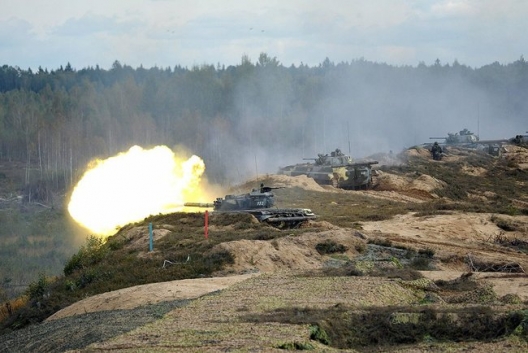 What can NATO realistically do if Vladimir Putin sets his sights on the Baltic states?
What can NATO realistically do if Vladimir Putin sets his sights on the Baltic states?
The latest warning comes in a report last week by the Defense Committee of the U.K. House of Commons. The report surveys NATO’s widening conventional capability gap with Russia, highlights the Kremlin’s aggressive nuclear posture and points to the doctrinal limitations that could hamstring the Alliance’s response to the next round of aggression. . . .
A linchpin of Russian strategy is what the committee calls “ambiguous warfare.” As one Russian defense theorist puts it, ambiguous warfare involves using irregular forces, cyberattacks and information warfare to “neutralize adversary actions without resorting to weapons (through indirect actions), by exercising information superiority.”
The trouble ambiguous warfare poses to NATO is that the Alliance’s collective-defense obligations, and the strategic doctrines pinned to them, call for responding to “armed” assaults. But Russian aggression against, say, Lithuania may not look like an outright assault. The Kremlin is more likely to use Russian-language media to agitate the country’s ethnic-Russian population while debilitating basic state functions through cyberattacks and the deployment of irregular commandos. . . .
[N]o amount of doctrinal evolution will matter if NATO members continue to treat national defense as a minor concern.
Image: Russian-Belarusian strategic military exercise ZAPAD 2013 (photo: Office of the President of Russia)
